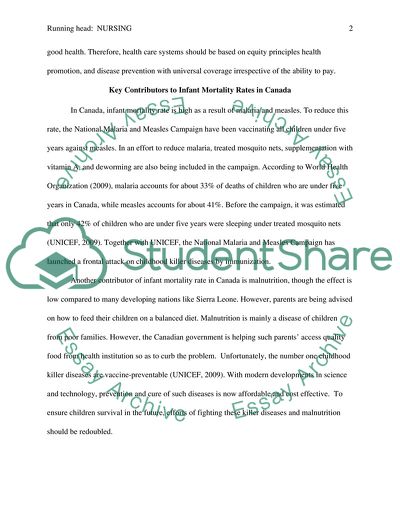Nursing Essay Example | Topics and Well Written Essays - 500 words - 5. https://studentshare.org/medical-science/1756727-reducing-health-inequities-through-early-life-investment
Nursing Essay Example | Topics and Well Written Essays - 500 Words - 5. https://studentshare.org/medical-science/1756727-reducing-health-inequities-through-early-life-investment.


